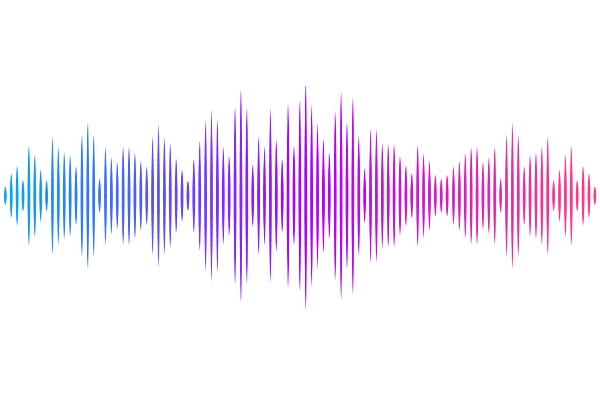Broadband Spectral Modeling of Blazars: Constraining the Lorentz Factor and Gamma-Ray Emission Site

Broadband Spectral Modeling of Blazars: Constraining the Lorentz Factor and Gamma-Ray Emission Site
Ajay Sharma, Aishwarya Sarath, Sakshi Chaudhary, Debanjan Bose
AbstractWe present a comprehensive temporal and spectral analysis of a few blazars using multi-wavelength observations. Rapid flux variations are quantified via the doubling/halving timescale method, revealing the shortest variability timescales of a few hours in $\gamma$-ray emissions. The broadband fractional variability is systematically computed and examined as a function of frequency, displaying a characteristic double-hump structure akin to the typical spectral energy distribution (SED) of blazars. To distinguish between different emission states, we utilize the Bayesian block algorithm, which effectively identifies distinct flux states for targeted spectral modeling. A one-zone leptonic emission framework is employed to model the broadband emission during these states. The minimum Doppler factors are estimated based on the shortest variability timescales observed in the $\gamma$-ray emissions. Under the external Compton scenario, we constrain the location of the gamma-ray emitting region and the Lorentz factor using three physical conditions: the upper limit on the jet collimation parameter, $\Gamma \theta < 1$; the upper limit on the synchrotron self-Compton contribution, $L_{\mathrm{SSC}} \lesssim L_X$; and the observational constraint on the cooling break energy, $E_{\mathrm{cool, obs}} \lesssim 100$ MeV.